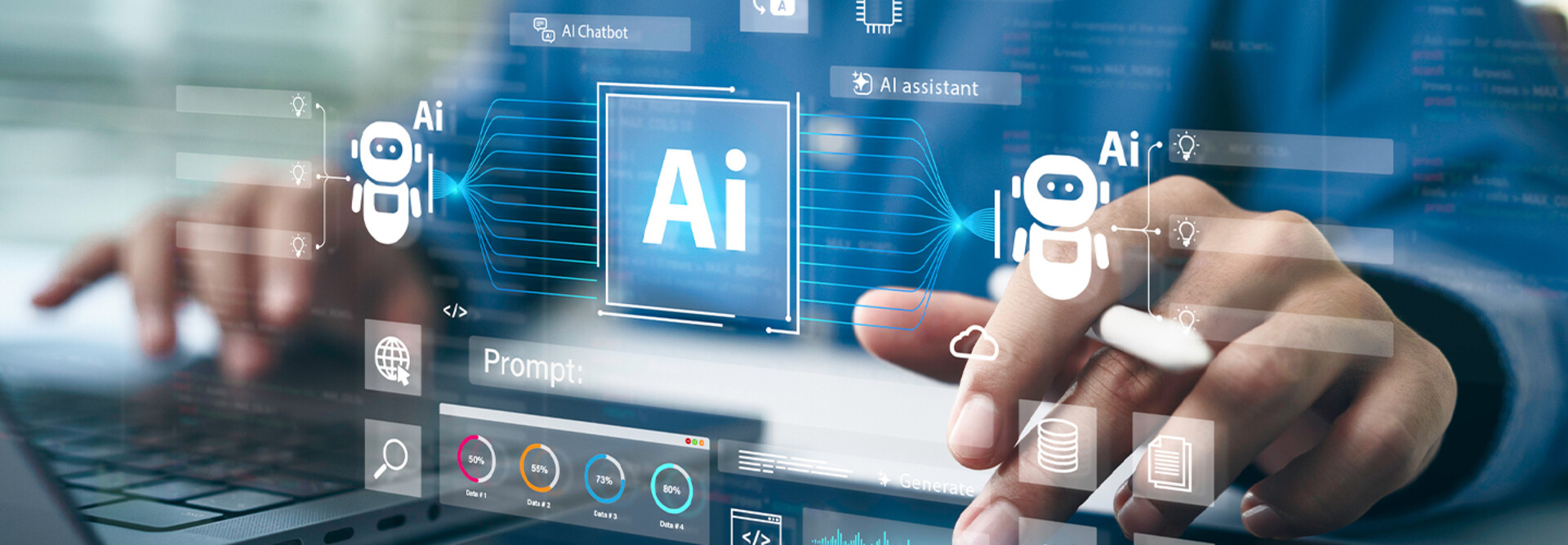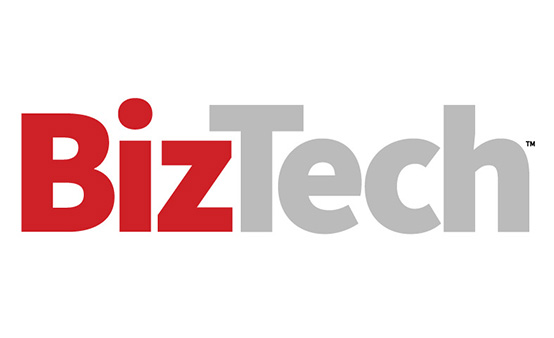How Small Businesses Are Using AI Tools
What kinds of AI tools are SMBs using, and which ones are best? ChatGPT is popular with consumers, and its functionality is simple for SMBs to adopt, Gualtieri suggests.
“While people are learning, the AI is getting smarter as well, so that means you won't have to be quite the expert at entering a prompt as, say, you do now,” Gualtieri explains. In an ideal situation, AI models don’t require AI experts to run, just good software developers.
A safe bet are suites such as Adobe Creative Cloud, Microsoft 365 and Google Workspace, which incorporate AI capabilities. The AI tools are included automatically with the cloud and software subscription, Gualtieri notes.
“This is really just an extension of software features that every vendor has been trying to add to provide more value,” Gualtieri says. “If you're already using Adobe, if you're already using the Google apps for your business, you're in those worlds already.”
For McCabe, there’s an added simplicity when AI is embedded into everyday workforce tools that SMBs use, such as customer relationship management software.
“For most SMBs, the easiest way to use AI — and probably the safest and most productive way — is as part of the applications you already use every day, so that it’s a seamless experience,” she says.
LEARN MORE: Adopt a winning AI strategy for your business.
According to experts, here are some of the best tools SMBs can use:
- AWS AI/machine learning tools: Amazon Web Services offers tools like Amazon SageMakerfor building, training and deploying ML models. AWS also offers AI services that include image recognition and natural language processing (NLP).
- Cisco Webex AI: Cisco’s web conferencing tool now offers AI-assisted summaries, real-time transcription and noise cancellation. In addition, an AI agent delivers humanlike interactions that customer service reps can use.
- Google Workspace AI: Google’s cloud productivity suite incorporates Gemini, which acts as a research analyst, sales associate, productivity partner, creative assistant and note taker. Other AI features include automated email drafting, advanced search in Gmail and data insights in Sheets.
- IBM watsonx: IBM watsonx uses AI to power chatbots, virtual assistants and data insights for stronger customer engagement. It’s an easy way for SMBs to build custom solutions for tasks such as customer support. “The idea of a chatbot has been around for a long time, but what's new is how good it is now with generative AI,” Gualtieri says.
- Microsoft 365 Copilot: Microsoft’s AI tool integrates into 365 apps such as Word, Excel and Teams. Copilot automates repetitive tasks, generates content and allows SMBs to analyze trends and reduce manual work.
- Proofpoint AI: Proofpoint uses behavioral AI to detect phishing and other email threats. It analyzes data points in email using deep learning, large language models and NLP. “The great thing about AI and security is scale and speed. These AI tools can look at what's going on in your systems and flag problems, so they can help you with everything from threat detection to strengthening your security posture,” McCabe says.
- Splunk AI-powered security and observability: Splunk uses AI to analyze logs, metrics and traces for proactive threat detection and performance monitoring. It also strengthens cybersecurity measures for organizations. “Any type of product like Splunk, which essentially ingests a lot of data like log data and event data, it already has algorithms looking for problems,” Gualtieri explains. “And those problems could be security issues, but they could also be infrastructure issues.”
- VMware’s Private AI Foundation with NVIDIA: VMware by Broadcom incorporates NIM Agent Blueprints, which includes a digital human workflow for customer service and tools to build customized AI applications.
DIVE DEEPER: Data governance strategies help foster responsible AI usage.
How Small Businesses Can Stay Ahead of the Curve With AI to Compete
After SMBs master text, images and video in generative AI models, the next phase is agentic AI, notes Gualtieri. While some SMBs may use agentic AI already, most will turn to partners such as CDW ServiceNow Managed Services or Salesforce to implement it, he says.
“As the models get better, the ways to use those models also change, and so people are going to have to be up to speed on what those changes are and how they do them,” Gualtieri says. He says some companies will make adoption of AI simple because of how they keep their products up to date; Microsoft Office 365 is an example.
“I don't think small and medium-sized businesses are going to have trouble keeping up with what's new, but they might have trouble keeping up with implementing it or making that build-versus-buy decision,” Gualtieri says.
A small manufacturer of 300 to 500 employees may already have a custom manufacturing system, he explains. “So, a good rule for a company to think of is, if I have custom software now that I develop, it's likely that I'm also going to need to incorporate AI in that,” Gualtieri says.
That’s why experts advise building a set of use cases for how IT leaders will use AI.
“Companies should understand the AI roadmap of all their vendors, because that's going to help them decide if they're going to continue with a vendor, if they have to build it themselves,” Gualtieri says. “And it’s also going to help them understand what expectations they should set with their employees in terms of using these products.”
Click the banner below to learn how third-party services can help small businesses.













